Where Collections Fail—and Where They Can Soar
Modern debt collection technology has transformed how lenders recover payments—but most institutions are still running on outdated systems.
If you manage collections at a bank or NBFC, this much is clear:
It’s not the DPD count alone that’s keeping you up at night—it’s the ticking clock.
Because after 30 days past due, every hour matters. Recovery probability doesn’t just decline—it plummets. In portfolios where 15–20% of loans are slipping into delinquency; the cost isn’t just financial. It’s reputational. It’s regulatory. And yes, it’s personal.
You’re measured relentlessly on rollbacks, recovery per bucket, agent productivity, and cost per collection. But here’s the unspoken truth in many boardrooms:
Most lenders are trying to win a high-speed, data-driven collections game with tools from a different era—instead of building on a comprehensive digital lending platform that unifies collections with origination and risk.
Disconnected dialers, siloed borrower data, inflexible rule engines lacking modern debt collection technology, generic messaging, and low-visibility dashboards—they add up to what we call invisible friction. Friction that quietly erodes recoveries, inflates cost, and blindsides strategic decisions.
And adding more agents or more calls? That’s just turning up the volume on an outdated song — a missed opportunity to adopt automated debt collection workflows and smart analytics that drive higher efficiency
The Inflection Point: Where High-Performers Diverge
The lenders who are consistently outperforming industry benchmarks—whether in vehicle finance, SME lending, or digital credit—aren’t relying on “better luck” or brute-force manpower. They’ve invested in debt collection technology that works as hard as their teams do.
They’re architecting smart collection stacks through debt collection software designed for banks: fully integrated platforms orchestrating CRM, scoring, and omnichannel communication end to end.
But these aren’t “big bang” transformations. They’re strategic, layer-by-layer shifts towards digital debt collection platform adoption and connected recovery ecosystems. Let’s unpack what goes into this kind of stack—and why it’s no longer optional.
Why Collection Tech Needs a Stack Mindset
Collections today isn’t a department—it’s a discipline that spans data science, behavioural psychology, operational efficiency, digital experience, and compliance. Yet many lenders treat collections as an afterthought that begins after delinquency, disconnected from loan origination software that could prevent early warning signals.
That thinking is costing them millions.
Let’s get one thing clear: Collections is not a stage. It’s a system.
And like any system, its performance depends on how well its components work together—especially when powered by ar collections software and modern debt collection technology integration
From Activity to Orchestration: A Fundamental Shift
Most banks and NBFCs still run collections as a series of discrete activities:
- Identify delinquent borrowers
- Assign to agent queues
- Send manual reminders
- Escalate post 30+ DPD
- Update Excel sheets
Each of these tasks may have its own tool, team, or tracker. But ask yourself this:
Are these actions part of a cohesive journey—or just isolated motions?
In high-performing lending organisations, collections are no longer about activities—it’s about orchestration. Knowing not just what to do, but when to do it, how to do it, and why it matters for each borrower.
And orchestration needs a foundation: a stack powered by integrated debt collection technology that brings data, decisioning, engagement, and analytics into a unified flow powered by debt collection technology.
The Real Risk of a Disconnected Collections Ecosystem
Without a unified collection stack, lenders face three invisible, compounding risks:
Loss of Velocity
Disconnected systems introduce lag. Teams wait for reports and rely on outdated statuses when collections aren’t integrated with modern loan origination platforms from the start.
A third doesn’t know a borrower already paid. These gaps cost you precious time—and in collections, time is leverage.
Automated debt collection isn’t optional anymore—it’s the only way to eliminate latency. Adopting automated debt collection processes reduces lag by synchronizing borrower data, payments, and agent workflows in real time.
Loss of Visibility
Fragmentation hides what matters. You can’t see why rollbacks are dropping in one region or why Agent X is underperforming on one segment. What you don’t see, you can’t improve.
Loss of Control
Most critically, you can’t control or personalise journeys. A salaried customer and a self-employed borrower may get the same reminder. A gold-loan borrower in Tier 2 and a digital-savvy user in Bangalore may receive the same nudge. That’s not recovery—it’s noise.
A digital debt collection platform solves all three by design—providing a single source of truth across channels and customer journeys.
Why a Stack Isn’t Just Technology—It’s Strategy
Let’s step back.
What’s your collections software strategy trying to optimise?
- Higher recovery with lower effort
- Faster response to delinquency signals
- Segment-specific engagement
- Reduced cost per resolution
- Consistent compliance across regions
These are not tech goals. They are business outcomes.
But each of these outcomes is powered by a debt collection software solution combining multiple systems:
- CRM and borrower data
- Scoring and decision engines
- Communication channels
- Payment rails
- Reporting and auditability
When these systems are isolated, so are your outcomes. You’ll get results in pockets—but you won’t be able to scale, repeat, or predict them.
A collection stack turns each of these fragmented tools into a coordinated, responsive, AI-augmented operation—one that aligns with your business strategy, not just IT architecture.
To do that efficiently, organisations are layering modern debt collection software solutions with advanced ar collections software to enable predictive recovery, compliance automation, and performance visibility across teams.
The Time for Incrementalism Is Over
Many lenders know their systems are outdated. But they approach change incrementally:
“Let’s plug in a new dialer.”
“We’ll add a voice bot.”
“Let’s get analytics in place first.”
That’s like modernizing a car one part at a time—and expecting it to perform like a Tesla. It won’t. Because performance is not just about parts. It’s about how they’re designed to work together.
Collections today need a different lens: not “what tools do we use?” but “how do we build a platform that turns data into action and action into outcomes?”
This requires digital debt collection platform thinking—not point solutions
This is the essence of a stack mindset—enabled by debt collection technology and next-gen automated debt collection ecosystems.
Why Lenders Who Shift Early Win Bigger
The lenders who embrace debt collection technology stacks don’t just recover faster. They learn faster, adapt faster, and grow faster.
- They see emerging borrower patterns before others
- They test and tweak journeys in days, not quarters
- They operationalize AI and behavioral insights without rebuilding systems
- They train agents on unified dashboards, not ten logins
This agility becomes a strategic advantage—not just in collections, but across credit, product, and risk.
And in today’s lending landscape, where customer trust, digital agility, and cost efficiency are the three pillars of growth—this advantage is not optional.
It’s foundational—and it’s built on intelligent debt collection technology stacks and digital debt collection platforms that unify engagement and insight.
Key Layers of a Smart Collection Stack
A smart debt collection software solution isn’t a single tool—it’s seven interconnected layers working in harmony.
Because great orchestration needs the right instruments.
Smart recovery isn’t a one-size-fits-all operation. It’s a layered strategy—where each layer feeds and amplifies the other. When these systems are designed to talk to each other, you don’t just track collections. You drive them—with context, confidence, and control.
Let’s break down the key layers of a well-architected collections stack—and why each one moves the needle on both recovery and efficiency.

CRM & Borrower Data Platform: The Central Nervous System
If you don’t know your borrower, your outreach is just noise.
That’s why leading collections software platforms prioritize 360° borrower visibility
At the heart of a smart collection stack lies a 360° borrower view merging digital identity verification through Video KYC, loan information, DPD status, and payment history into a single, dynamic record.
Why it matters:
Imagine this: A collections agent from a large Indian fintech calls a borrower.
- Scenario A: They say, “This is a reminder about your overdue loan.” The borrower hangs up.
- Scenario B: The agent says, “Hi Rajesh, this is about your ₹6,400 EMI that was due on 7th June for your two-wheeler loan with us. We noticed you’ve always paid on time—was there a hiccup this time?”
Which conversation moves the needle?
Client Case:
A fast-scaling fintech in India with over 1 million active borrowers integrated a 360° CRM module that consolidated loan type, previous payment patterns, current DPD stage, and past call outcomes into a single dashboard per borrower.
Result:
- Agent productivity rose 35%
- DPD 1–30 recovery rate improved by 22%
- NPS among agents improved significantly—they were no longer “fighting the system”
Credit Risk & Behavioral Scoring: Sorting Signal from Noise
All delinquents are not equal.
Some borrowers can pay but won’t. Others want to pay but can’t. A few are lost for good. You don’t need more calls—you need better prioritisation.
With smart scoring, you can:
- Segment borrowers by intent, risk, and ability
- Dynamically adjust treatment paths
- Use alternate data alongside bureau scores through automated underwriting to segment borrowers by intent and ability.
Client Case:
A Tier-2 NBFC in Maharashtra was chasing 22,000 NPA accounts with the same daily call strategy. Recovery was stagnant at around 8%. They brought in behavioural scoring using alternate data such as:
- UPI transaction volume
- SMS pattern analysis (salary credits, EMI reminders)
- Contact history from CRM
They reclassified accounts into:
- Willing but unable: likely to convert with extensions
- Capable but unwilling: needs firmer follow-ups
- Non-contactable: low recovery probability
Result:
- Reprioritised 15,000 accounts
- Collections rose 18% in 30 days
- 6 agents reallocated to more productive buckets
They didn’t add people—they just stopped wasting effort on the wrong leads.
Rule Engine & Workflow Automation: The Collection Brain
When you scale, you can’t rely on manual memory. Automated debt collection through rule engines ensures consistency at scale.
A rule engine orchestrating collections strategy ensures no borrower falls through the cracks. It enforces consistency and creates efficiency—by converting your escalation strategy into logic that runs 24/7 without human delay.
Client Case:
Before automation, a South East Asian digital lender relied on manual Excel trackers and agent scripts. Nudges were inconsistent and dependent on human memory.
They implemented a centralized decisioning platform to codify escalation logic.
- Day 2 DPD: WhatsApp + Pay link with friendly tone
- Day 5: Trigger Voice Bot + SMS fallback
- Day 7: Assign to call centre agent
- Day 10: Push case to legal pre-alert
Outcome within 45 days:
- 35% reduction in average follow-up time
- 21% increase in payments before Day 10
- Improved compliance—every action had a timestamp and justification
The CXO’s biggest win? Audit readiness became real-time
Communication & Outreach Channels: Meet Borrowers Where They Are
Today’s borrower might start on WhatsApp, check email in the afternoon, and only respond to a call at night.
Smart collection stacks don’t choose channels—they support them all, demonstrating the ROI of omnichannel debt recovery.
Omnichannel layers should include:
- WhatsApp (highest response rates for Tier 2 & 3)
- SMS (fallback option)
- Email (for documentation and audit trail)
- IVR (for self-serve)
- In-app notifications (for digital natives)
- Missed call bots (for low-data regions)
Why omnichannel works:
Because resonance drives results. A well-timed WhatsApp reminder with a UPI link outperforms a cold call by miles. McKinsey research shows 73% of late-delinquency customers made payments when contacted digitally, compared to significantly lower rates through traditional phone-only approaches.
Real Case:
An NBFC in Tamil Nadu servicing rural borrowers realised that 70% of SMS reminders were being ignored. Their base relied more on WhatsApp and regional language IVRs.
They enabled:
- Dynamic message routing based on device language
- WhatsApp nudges with visual payment buttons
- Missed-call bots for EMI confirmation
Results in 60 days:
- Engagement rates jumped from 38% to 67%
- Response latency dropped from 9+ hours to 2.5 hours
- EMI compliance before Day 10 rose by 11%
They didn’t just send more reminders—they made reminders more human.
Payment Gateways & Settlement Systems: Don’t Lose Them at the Finish Line
You did everything right. The borrower’s ready to pay. But then the link breaks. Or they’re asked to log in again. Or navigate a confusing portal.
That’s how intent dies.
Stack-savvy lenders embed pay links directly into the nudge, with:
- Pre-filled loan amount and borrower info
- Single-click UPI or card payment
- No login barriers
Real-world Result:
A consumer durable lender in NCR was seeing good engagement but poor conversions. Borrowers replied to messages but didn’t complete payments.
Fix:
They embedded pre-filled UPI links (Google Pay, PhonePe, Paytm) inside WhatsApp and SMS nudges.
Results in 3 weeks:
- 19% increase in same-day payment conversion
- 12% drop in bounce-backs
- 9% reduction in voluntary escalations
The smallest UX change led to the biggest revenue unlock.
Monitoring & Analytics Dashboards: From Guesswork to Governance
You can’t improve what you don’t measure.
But reporting shouldn’t be a post-mortem—it should be your early-warning radar.
What great dashboards track:
- Conversion rates by day and DPD
- Agent effectiveness by treatment path
- Legal queue pipeline
- Channel cost vs. ROI
Client Case:
One of the top 10 NBFCs in India was flying blind with regional reports arriving via emails and Excel macros. By the time CXOs saw the data, it was stale—until they deployed business process automation software with real-time dashboards.
With analytics dashboards:
- Regional Heads got real-time snapshots of DPD rollbacks
- Agents saw conversion trends by product type
- CXOs tracked cost per recovery, channel ROI, and predicted bucket leakages
Outcome:
- 50% faster decision-making
- Monthly reviews replaced with weekly insight-led sessions
- Central ops team reduced reporting prep by 28 hours per month
How Integration Makes It All Work
The stack is only as smart as its connectors.
From Modular to Orchestrated
Let’s be honest—many so-called “digital” collection systems are just stitched-together tools masquerading as transformation.
A CRM that doesn’t talk to your dialler.
A rule engine that triggers actions your communication platform can’t deliver in time.
A dashboard that only gets updated on Fridays.
That’s not a tech stack. That’s spaghetti.
And spaghetti doesn’t scale.
True recovery excellence happens when every tool in the stack speaks the same language, in real time. When scoring data from yesterday automatically alters today’s communication strategy. When a failed WhatsApp nudge instantly triggers an IVR fallback. When payments flow directly into your risk dashboards without manual uploads.
Case in Point: A Lender’s 35% Time Win
Take the case of a mid-sized NBFC specialising in SME loans, operating across six Indian states. Their agents were working hard—but working blind. Data came from four different systems, escalations had to be manually updated, and duplicate borrower contacts were common.
Pain Points Before Integration:
- Agents spent 28% of their time toggling systems
- Missed follow-up windows due to broken alert chains
- Managers received lagging, partial recovery insights
What Changed:
They adopted an end-to-end collections stack with:
- Real-time APIs connecting CRM, scoring, and dashboards through enterprise workflow automation.
- An integration layer that pushed borrower state changes instantly
- Auto-notifications to agents when borrower payment status changed
Result:
- Agent productivity rose 35%
- DPD 1–30 recovery rate improved by 22%
- NPS among agents improved significantly—they were no longer “fighting the system”
Deloitte’s 2022 Intelligent Automation Survey found 74% of organizations now implement RPA, with those furthest along the automation maturity curve rating themselves 5.96/10—significantly closer to fully transformed operations.
Avoiding the Middleware Trap
Some CXOs get excited about plugging in dozens of best-of-breed tools, thinking more apps mean more control. But the integration complexity creates fragility. Every patch becomes a potential failure point.
That’s why smart lenders prefer modular, API-native platforms—where they can:
- Start with just one module (such as communication or payment)
- Add scoring, rules, or dashboards as they scale
- Maintain a single data thread across the entire borrower journey
You need tools that talk to each other—not ones that shout over each other.
Audit-Ready, Everywhere
Integrated systems also shine when things go wrong.
A leading East African bank faced a regulatory audit on collections practices. With their old stack, audit trails were buried across five disconnected systems.
After switching to an integrated platform:
- Every nudge, message, and payment was timestamped, categorised, and traceable
- Escalation chains had a visible workflow trail
- Agent call recordings were context-linked to borrower risk scores
The audit was cleared in two days. No scrambling. No gaps. Just governance by design.
Checklist for Evaluating a Collection Stack Partner
You don’t need another vendor. You need a strategic partner who understands both the business KPIs and the tech DNA of collections.
Here’s a proven checklist used by successful digital lending teams when evaluating a collection stack. If your potential partner can’t tick these boxes, you’re signing up for friction, not transformation.

Does it support configurable rules and borrower journeys?
Collections are not just follow-up—it’s behavioural choreography.
You should be able to:
- Design journeys for different borrower personas using no-code platforms enabling rapid deployment.
- Trigger nudges based on scoring, DPD status, and repayment history
- Change rules on the fly—no IT tickets, no sprints
Ask this: Can my collections head change a journey rule in under 10 minutes?
Is it modular and API-ready—truly?
Look beyond buzzwords. “Modular” isn’t just about licensing. It’s about seamless scale.
Start with communication today and add scoring later through modular business rule architectures.
Will it break things?
Ask this: How many integrations does your platform run live today? Across how many asset types?
Can it personalise by geography, language, channel, and DPD bucket?
Borrowers in Kerala don’t respond like those in Haryana. A self-employed person might prefer email. A gig worker might prefer WhatsApp voice notes.
If your platform can’t:
- Trigger region-wise language settings
- Auto-adjust outreach tone based on borrower segment
- Prioritise channels by response history
…you’re losing relevance at scale.
Ask this: Can the same borrower receive different nudges based on changing risk profile?
Does it offer full visibility—across roles?
The branch manager wants a daily report. The CXO needs a heatmap of collections by bucket and product line. The agent just wants to know: “Whom do I call next?”
Ask this: Can your dashboards show role-based data? Can I get proactive alerts before a bucket slips?
Is it compliant, auditable, and future-ready?
You don’t just need scale. You need traceability.
The system should:
- Timestamp every interaction
- Store audit logs across modules
- Offer configurable consent and communication controls
- Stay ahead of regulatory shifts such as GDPR or RBI norms
Ask this: Can I produce a full borrower journey—including messages, calls, scores, and payments—within 2 clicks?
What’s the proven impact with similar lenders?
Case studies aren’t optional—they’re a minimum.
Look for:
- NPA improvements (bucket-wise)
- Rollback success
- First-contact resolution rate
- Agent utilisation efficiency
Ask this: Can you walk me through three real client metrics post-deployment in my segment?
Is AI part of the DNA—or a bolt-on?
True AI in collections means:
- Behavioural segmentation
- Risk-based nudge selection
- Smart prioritisation of agents’ time
Not just a chatbot.
Ask this: What part of your platform improves autonomously over time?
Final Word – The New Economics of Collection
Let’s be honest—collections today are about a lot more than just getting paid.
- It’s about scaling repayments without scaling costs.
- It’s about engaging borrowers without eroding trust.
- It’s about staying compliant without staying stuck.
That’s where a smart digital debt collection platform changes the game.
- You recover more—not by chasing harder, but by engaging smarter.
- You reduce effort—not by hiring more, but by automating right.
- You build borrower loyalty—not by leniency, but by empathy and timing.
- And you stay audit-ready—because every message, trigger, and touchpoint is traceable.
This isn’t just a tech decision. It’s a business decision.
The right partner won’t just give you a dashboard. They’ll help you redesign outcomes.
They’ll adapt with your product mix, your borrowers, and your compliance needs.
Collect.ezee is built to do exactly that—bring intelligence, integration, and impact into every layer of collections.
Because in lending, the way you recover… is the way you grow.

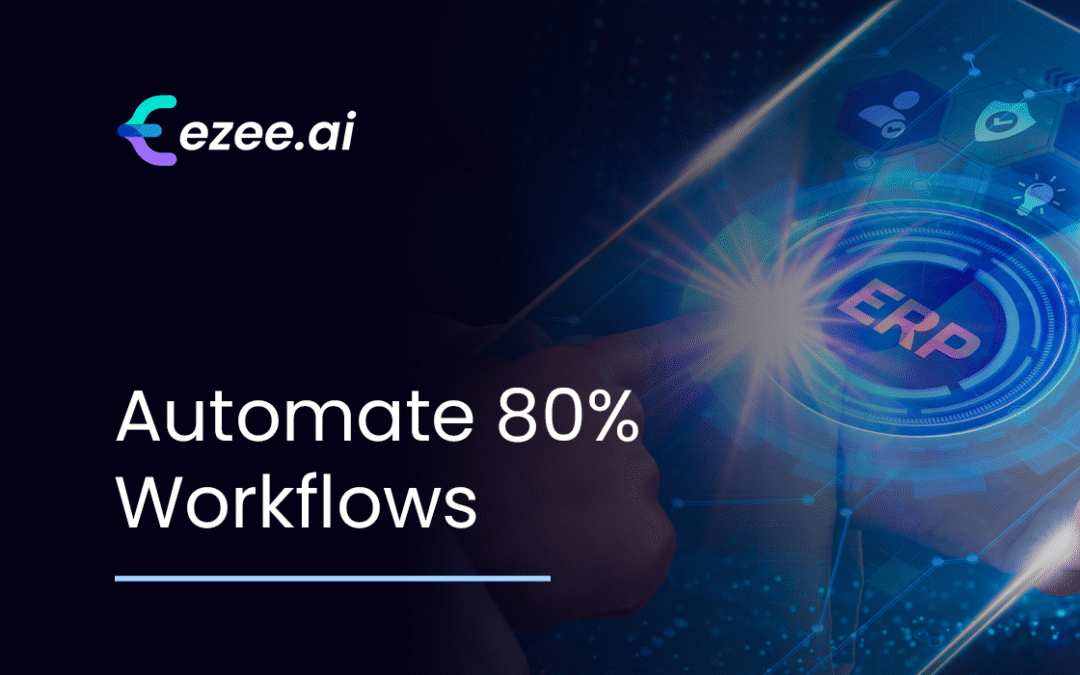

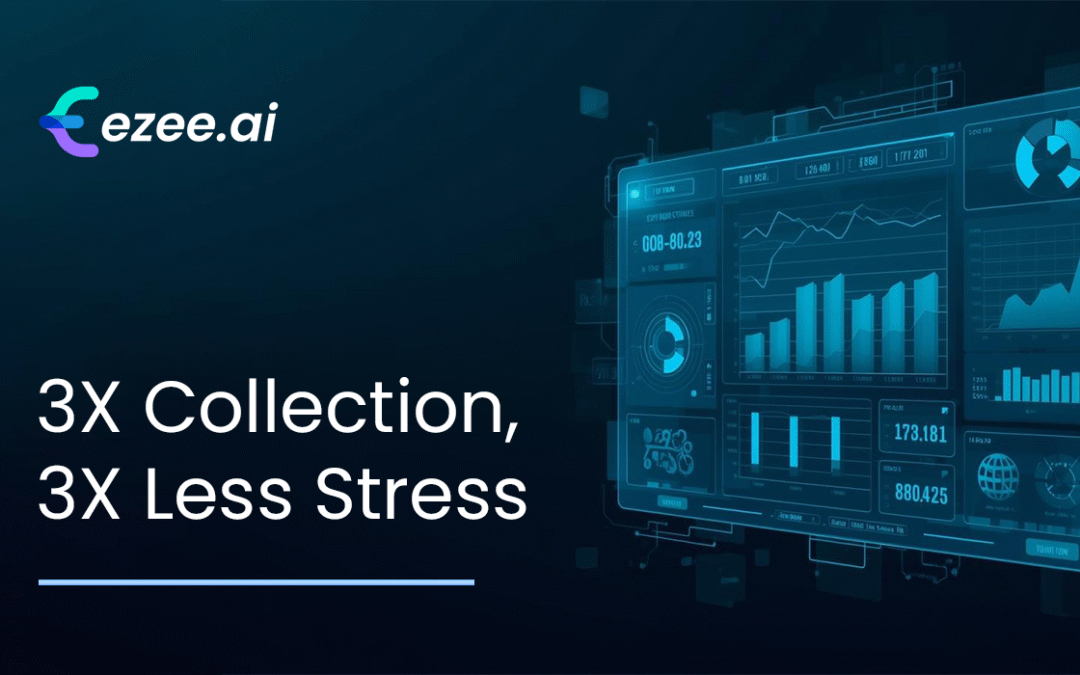
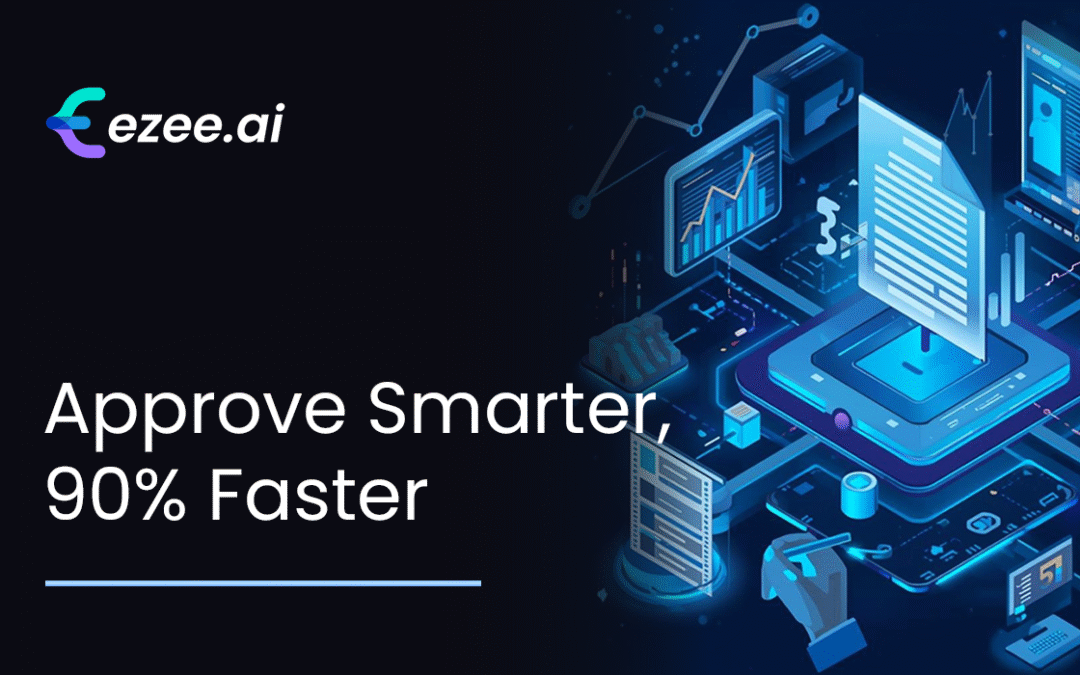


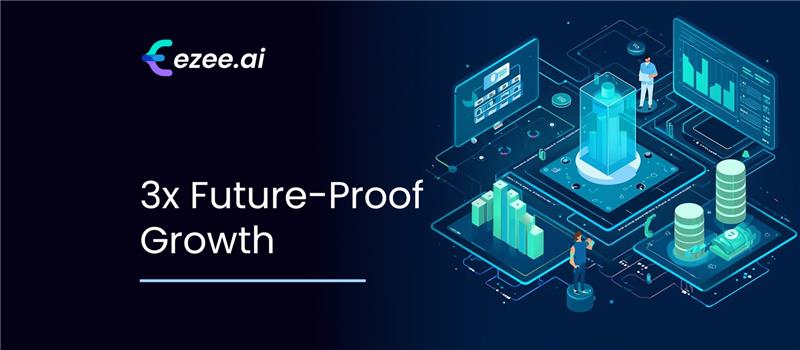
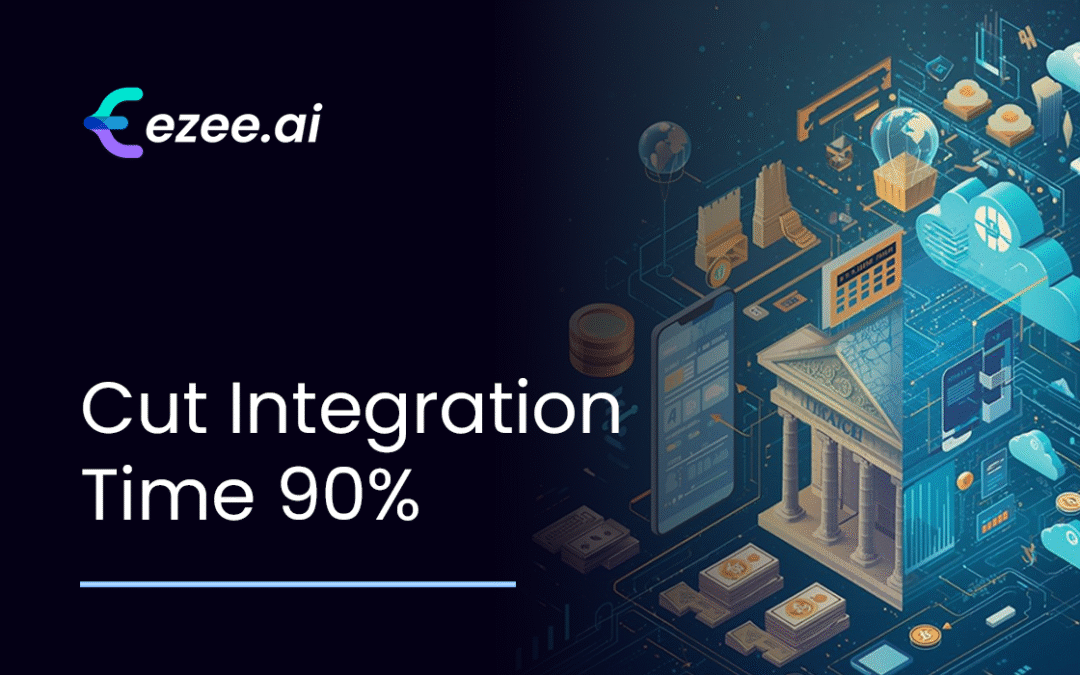
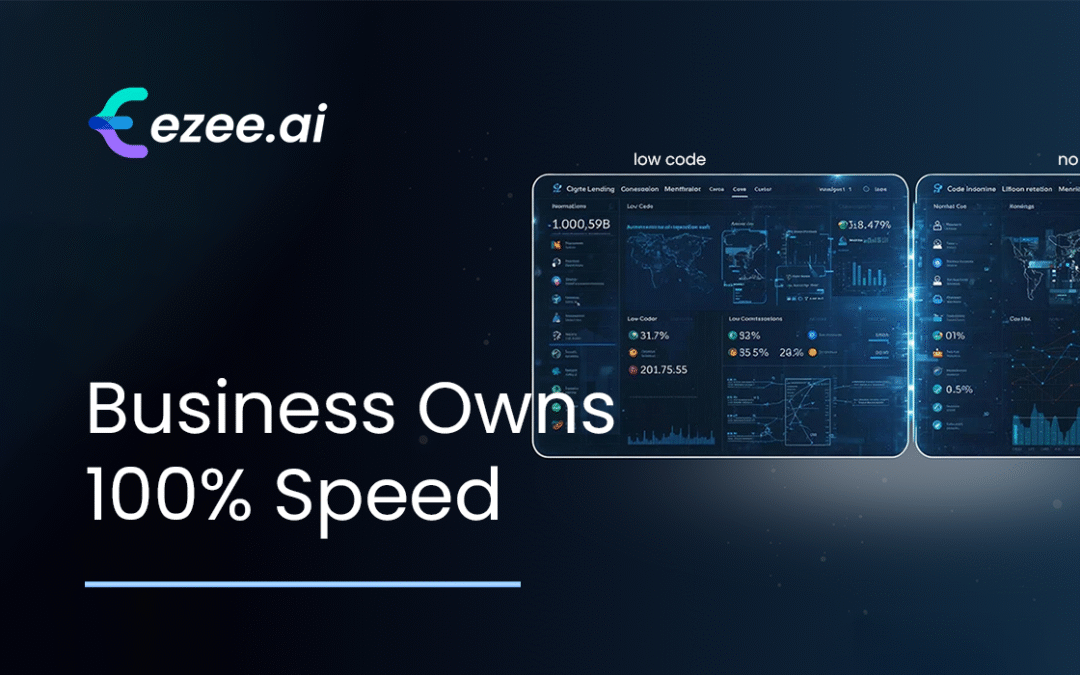
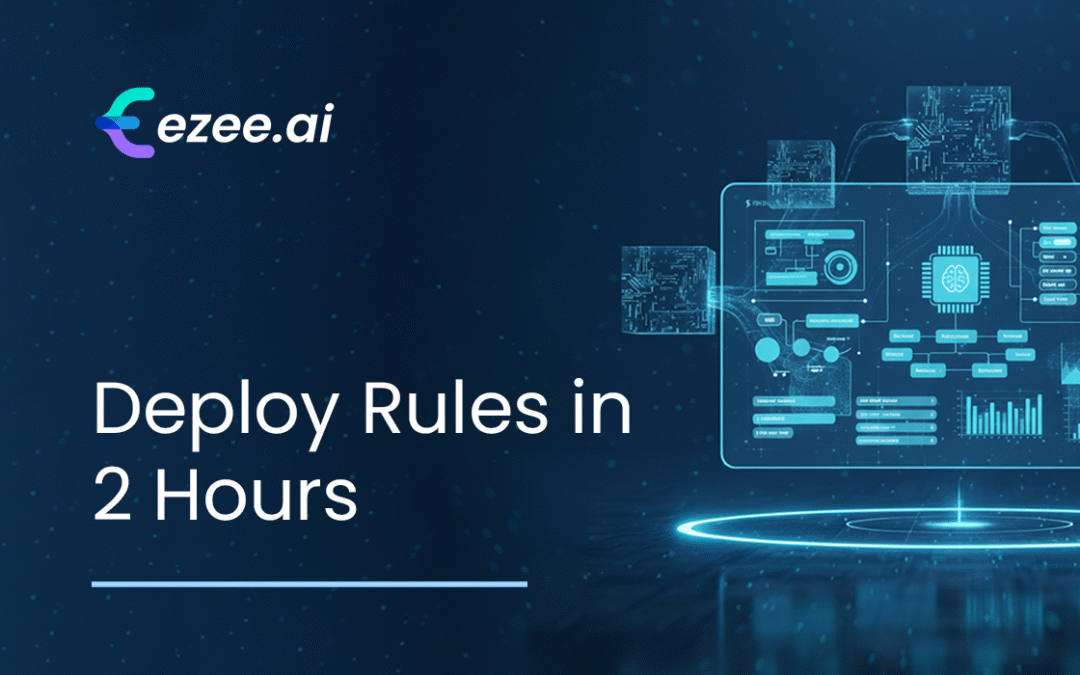
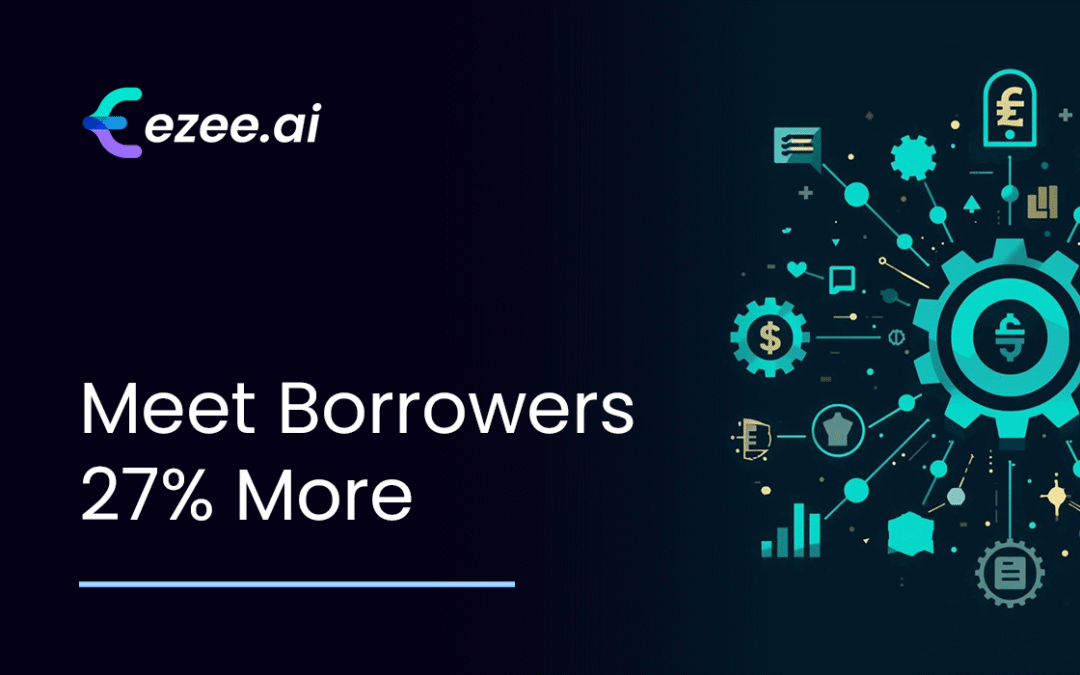
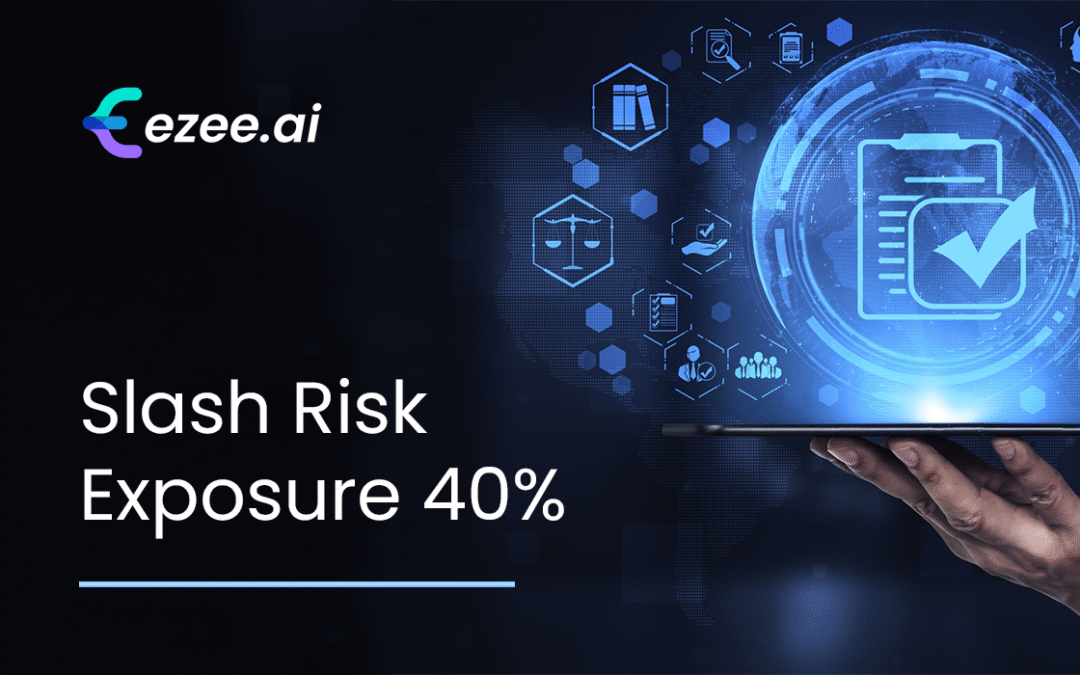
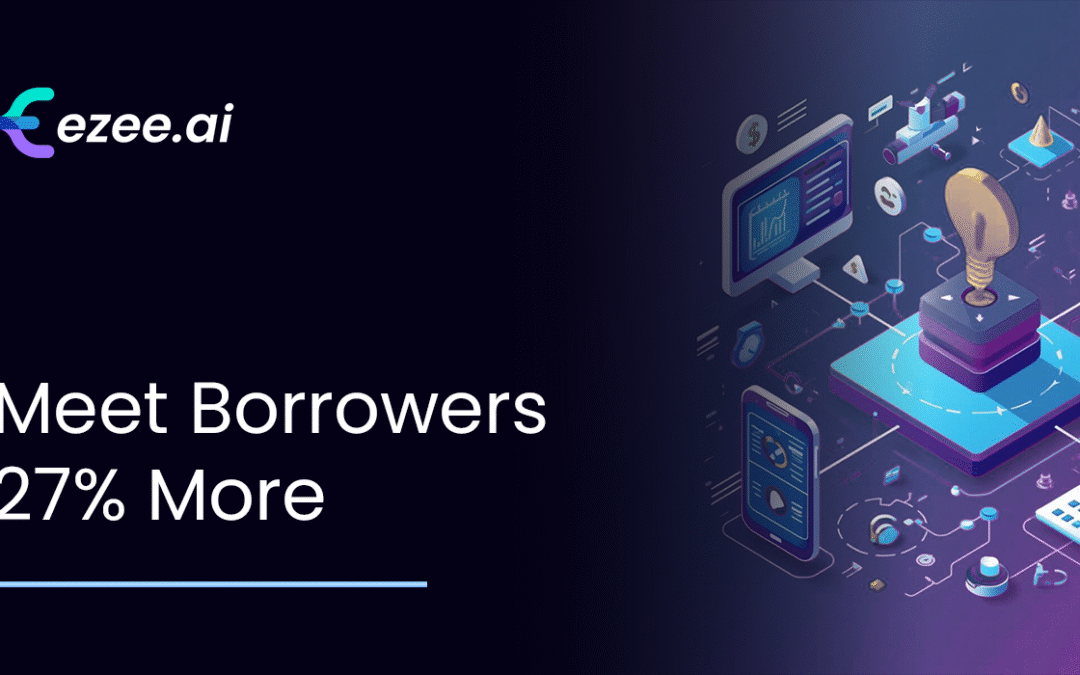
0 Comments